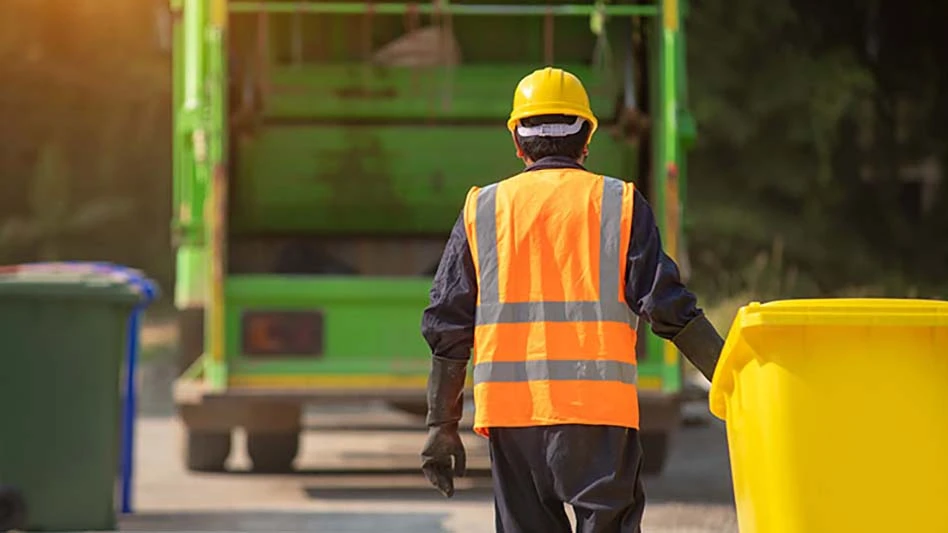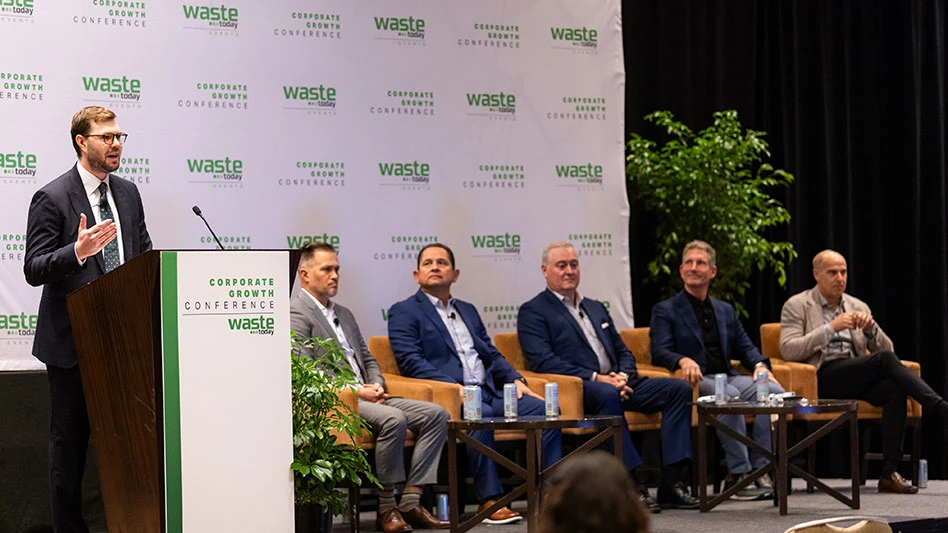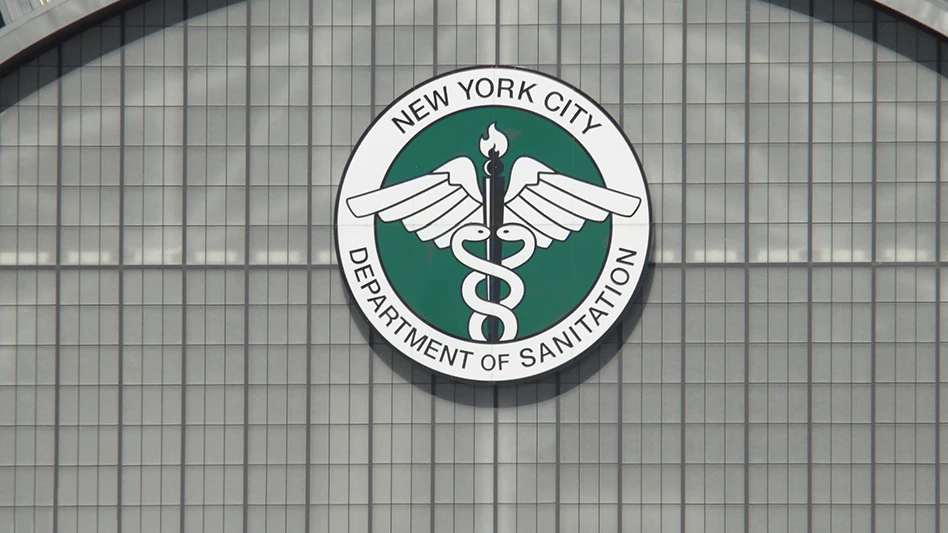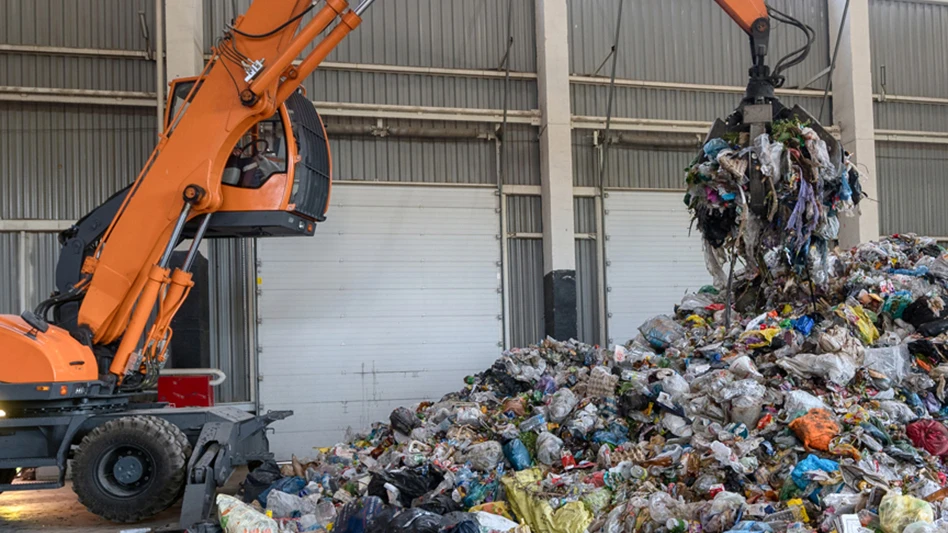
visoot | stock.adobe.com
One way to attract and retain Gen Z workers? Start building a trauma-informed workplace culture, with a focus on offerings tailored to mental health.
The corporate landscape has seen a shift toward trauma-informed culture, explained Stephanie Lemek, founder and CEO of The Wounded Warrior, a Phoenix-based consulting company, during a session at the 2024 Sustainability Operations Action Resources (SOAR) conference titled Building Trauma Informed Workplaces to Attract and Retain Top Talent. The annual convention for Silver Spring, Maryland-based Solid Waste Association of North America (SWANA), ran April 15-18 at the Phoenix Convention Center.
A big part of that shift has been the “Gen Z factor,” Lemek said. By 2025, Gen Z will make up 27 percent of the national workforce, while at the same time a big percentage of Baby Boomers are retiring.
Gen Z workers tend to place a higher focus on growth and development, Lemek said. Employees say the level of support companies offer for mental health and wellbeing—which can include everything from PTO and parental leave to mentorship and counseling—is a top factor in their decision to leave or stay in a position.
It’s not just Gen Z workers that benefit from a trauma-informed approach, though. This arrival of a new generation in the workplace coincides with a shifting relationship to work among all generations following the COVID-19 pandemic.
“Compensation, job title, financial security are no longer enough to keep most of the workforce satisfied,” Lemek said. “We do have new tools and new language to address these challenges. Trauma-informed cultures can support better work experiences for everyone.”
According to the U.S. Department of Health & Human Services, 70 percent of adults in the U.S. report that they have experienced some type of trauma or traumatic event at least once in their lives. That means trauma has a lasting impact on day-to-day life for almost everyone in the workforce.
Trauma can be an event or an experience, explained Lemek, who has 16 years of experience working in human resources for a variety of companies, including Fortune 500 organizations and startups. In older generations, this trauma could often look like a veteran returning from war but it can also include personal trauma, such as domestic violence or abuse. At work, trauma can show up in behavior or relationship challenges, absenteeism or performance issues.
RELATED: SOAR 2024: Collaboration is key to circular solutions
Rather than seeking to diagnose or treat trauma—responsibilities that should be left to credentialed professionals, according to Lemek—building a trauma-informed workplace looks like creating awareness around the existence of trauma and being informed about how to avoid retraumatizing employees who may have experienced trauma in the past.
“I’m a big believer in changing the way work is done,” Lemek said. “A lot of what people talk about when they talk about mental health challenges is that they’re stressed out at work, they have a challenging relationship with a manger, there’s not enough flexibility.”
To combat those issues in a proactive way, companies can put in place structures, processes and culture that actively minimize harm or re-traumatization, and trauma-informed cultures thrive in any type of environment, Lemek said, including waste management.
In the waste industry, in particular, Lemek suggested a great place for leaders to invest is in physical safety programs. Being harmed at the workplace, or even witnessing or responding to that harm, can cause retraumatization.
“Think about the emotional toll that responding to safety incidents can take,” Lemek said. “Think about what supports can be provided. Make sure it’s not always the same person or persons responding.”
Another way to bolster safety is to create a “speak up and speak out” culture within a team. This could look like empowering any member of the team to speak up if they see something unsafe without any fear of repercussion, or recognizing individuals for calling out unsafe acts, Lemek said. Making sure the people doing the most dangerous work have a voice in that work is also important, she added.
In work environments such as the waste industry, feeling safe at work often extends beyond physical to include considerations including financial safety, Lemek said.
“Anytime you have a financial concern, it can be distracting in the workplace,” she said.
Companies can consider offering employees additional financial supports, such as 401K benefits, budget planning and support or emergency funding support in the case of a natural disaster or serious illness
“A lot of companies do a really great job around financial safety, but they’re not calling it that,” said Lemek, adding that the interview process is a great time to highlight mental health offerings and a robust well-being program. “Good insurance coverage and benefits are not necessarily thought of in the context of safety.”
A good place to start for waste companies wanting to institute a trauma-informed safety program would be with the basic safety requirements required by the Occupational Safety and Health Administration and build those out into a full-scope safety program that could encompass physical safety, occupational safety and psychological safety.
Other aspects of a trauma-informed culture include community support, collaboration, empowerment, humility and responsiveness. Benefits of a trauma-informed culture, Lemek said, include enhanced teamwork, increased productivity, reduced absenteeism, increased engagement, reduced healthcare costs and increased talent attraction and retention.
For companies curious about cultivating a trauma-informed culture, Lemek’s company offers consulting services based on trauma-informed care principles developed by the Substance Abuse and Mental Health Services Administration (SAHMSA), as well as offering free resources including webinars, articles, podcast episodes and YouTube videos through her website at thewoundedworkforce.com.
“The concept of a trauma-informed workplace culture is a big change,” Lemek said. “I want folks not to feel overwhelmed by it. Find a place to start that works for you as an organization and then build from there. Culture changes are difficult and long—it’s okay for these changes to take time. Even small investments and improvements are worthwhile.”
Latest from Waste Today
- CAA submits final draft program plan in Oregon
- Washington city adds organics collection to waste service
- Aspen Waste Systems expands into Denver-metro market
- NYSAR3 seeks respondents to commercial recycling survey
- Aemitis AD system goes online
- Liebherr breaks ground on logistics center
- Rubicon appoints new CFO
- Nexus W2V attracts funding for waste conversion project in Indiana





